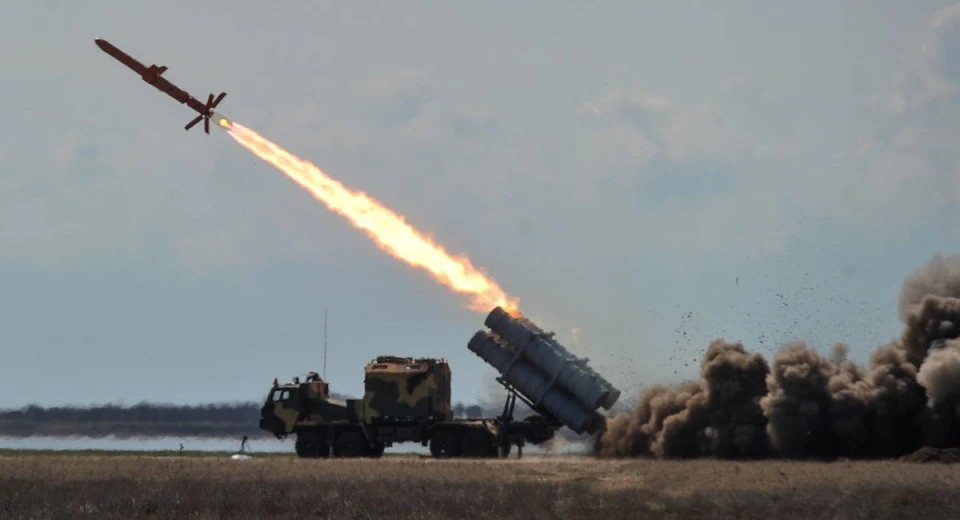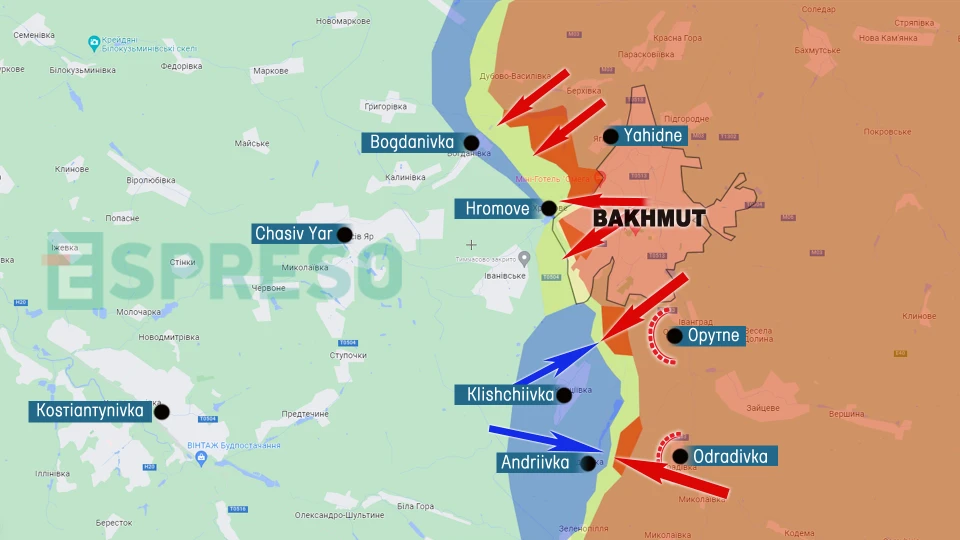
Ukraine finally resumes development of weapons with actual military potential. Column by Serhiy Zgurets
Among the main tasks for the next year is to increase the production of missiles, ammunition, weapons and military equipment at Ukrainian defense industry enterprises
Tasks for the Ukrainian defense industry
I'll start with important news, but from the future, because it is based on statements made by the new Deputy Minister of Defense for Armaments, Lieutenant General Ivan Havryliuk. He said that one of the main tasks for the next year is to increase the production of missiles, ammunition, weapons and military equipment at the enterprises of Ukraine’s defense industry. Among the examples, Havryliuk said a new modification of the missile for the Neptune anti-ship complex will be created. And now work is underway to create a so-called “long” Neptune, according to the Defense Ministry.
This is likely a development of the R-360 missile, which, like the complex itself, was developed by the Luch Design Bureau and has a range of up to 300 km, with an extended range of up to 400 km, and possibly more. It can also be assumed that new guidance systems will be developed for this missile, including a homing head, so that ground targets can be hit. From the very beginning of this project, it was assumed that there would be variations in the development of this complex.

Photo: defence-ua.com
Now we see that this has come to fruition, and this is extremely important. Because the emergence of such domestic long-range weapons is critically important against the backdrop of Ukrainian partners' claims that Ukraine’s military cannot destroy targets in Russia when they transfer long-range systems like Storm Shadow, SCALP, and ATACMS.
Another priority of the Defense Ministry, as mentioned by the Deputy Defense Minister, is to strengthen Ukraine's air defense shield. Here, the main focus will be on the production of air defense systems, from man-portable air defense systems to air defense systems such as the Koral air defense system. I would like to remind you that the last time this complex was mentioned was in 2021, when its developer, Oleh Korostylov, Director General of the Luch Design Bureau, said in an interview with Defence Express that all the necessary documentation was submitted for approval by the Ministry of Defense of Ukraine in 2021. Let me remind you that this complex was not ordered in 2021. And now we are trying to compensate for what we have lost in the war. The system should have a range of destruction of enemy targets of up to 30 km. Before the war, the time to complete the work was estimated at two years. Now we see that it will have to be done much faster and in much more difficult conditions. Finally, we have started restoring those developments that have the potential to increase the effectiveness of the Ukrainian Armed Forces on the battlefield. But if air defense is our shield, artillery is our sword.
Frontline situation
Currently, the lion's share of tasks on the battlefield are performed by missile troops and artillery in any part of the front. Artillery is the main factor in resolving the situation on the battlefield. And this applies to the situation near Bakhmut, where Russia is trying to push Ukraine’s defense.
Denys Nahornyi, Major with the National Guard of Ukraine, Chief of Staff of the Artillery of the 4th Rubizh Brigade, noted that this is a war of artillery, but also of infantry. Russia is using its infantry, in particular near Klishchiivka, Andriivka, Khromove, and Bohdanivka.

Photo: EspresoThe NGU major said that Russia has now begun to use not only assault attacks with waves of infantry, but also 3-4 armored vehicles with artillery support. The invading forces are firing at Ukrainian positions around the clock, sending their infantry in waves. The Ukrainian Defense Forces destroy one wave of Russian infantry, and the next wave follows. The Russians are walking over their dead bodies. If they retreat, they are shot.
The chief of staff of the artillery of the 4th Rubizh Brigade noted that the situation in the Bakhmut direction is really difficult. Positions change hands several times a day. It happens that Russian artillery wipes out Ukrainian positions with its fire. That is why the Ukrainian Armed Forces are currently engaged in active defense, trying to secure their positions so that the logistics are not affected by enemy FPV drones. Despite the counter-battery fight, the Russians are pulling up more and more forces. They are trying to dig trenches through the minefields to Ukrainian troops’ positions. In such cases, the Russians do suffer up to 95% of their losses. Despite such losses, the occupiers are driving their infantry through their own minefields. These people are sometimes dressed in summer uniforms. Sometimes entire Russian battalions are destroyed in a day, and these are actual figures.
Systems to defend against and combat enemy drones
Denys Nahornyi says that Russia is actively using drones to attack Ukrainian units. And we will continue to talk about this aspect of the fight against the Russian military threat. We have Ukrainian companies that manufacture systems to protect and combat FPV and other drones.
Yaroslav Filimonov, CEO and co-owner of Quertus, noted that today the threat from enemy “kamikaze” drones is probably the biggest, after artillery. Russia has enough of these drones that they can even attack individuals. Quertus does not stand aside from this problem and in the summer offered the market a solution to counteract FPV “kamikaze” drones called CounterFPV. This tool covers the frequencies used by most FPV drones and forms a dome up to 300 meters, which can protect a position or equipment. We also made a backpack solution so that infantry going on a mission or assault could be protected.
Filimonov also considered Russia’s Lancet UAVs, which are also a common problem, but unfortunately, today the only effective weapon against them is purely physical destruction. The company is working on an effective solution against Lancets, but there is no ready-made solution to this problem yet.
The co-owner of Quertus added that the company has an electronic warfare device developed from scratch. "This issue was approached a year ago, and since February 2023, the company has been working on a project to create a development. It is an airborne scanner of frequencies from 60 to 6000 MHz, and this device detects everything that moves in this frequency band within a radius of 15 km. That is, it can be UAVs, quadcopters, and “wings.” At the same time, the company's vehicle can track up to 200 targets. Today, this is a top-of-the-line development in its class, ranking No. 1 in the world in terms of price-quality ratio. It has passed all the tests, confirmed the characteristics claimed and even exceeded them. The product is called Azymut and will be put into production in January, with many pre-orders. The company is increasing its production capacity and preparing for government orders.
- News














































